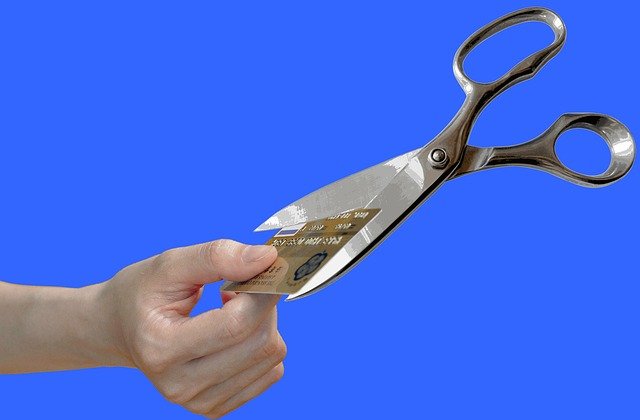Understanding credit utilization and how it influences borrowing power
Credit utilization—the percentage of available revolving credit you’re using—directly affects how lenders view your borrowing risk and can shape access to new loans or credit lines. This article explains what utilization means, how it feeds into lending decisions, and practical ways to manage it alongside savings, budgeting, and long-term financial plans.

Credit utilization is the ratio of your outstanding revolving balances (like credit cards) to your total available revolving credit. Lenders and credit scoring models use that ratio as a quick indicator of how reliant you are on borrowed funds. Lower utilization generally signals that a borrower is using credit responsibly rather than maxing out available limits, and it can therefore influence interest offers, approval odds, and perceived risk for future lending.
How does credit utilization affect credit scores?
Credit utilization is a major factor in many credit scoring models. A higher utilization ratio can lower a score because it suggests a higher dependence on revolving credit and an increased risk of default. Conversely, keeping balances low relative to limits tends to support a stronger score over time. Monitoring utilization across accounts—both individual card-level and overall—is important because scoring models may evaluate both measurements.
How can debt management influence borrowing power?
Effective debt management reduces the amount of revolving balance that contributes to utilization, which can improve borrowing power. Strategies include prioritizing high-interest debt, using targeted payments to lower balances before lenders or credit bureaus report, and avoiding carrying small balances across many cards. Consolidating unsecured high-interest balances into a lower-rate loan can reduce monthly interest costs and change the mix of debt, but note it may convert revolving debt to installment debt, which is treated differently by lenders.
Can budgeting and savings lower utilization?
A consistent budgeting approach and building cash savings reduce the need to rely on revolving credit for routine expenses. Allocating part of a monthly budget toward an emergency fund reduces the chance of unexpectedly increasing credit card balances. Simple practices, such as scheduling a portion of credit card balance payments between statement date and due date, can lower the reported utilization without changing spending patterns. Combining savings, disciplined budgeting, and timely payments helps control utilization while supporting overall financial stability.
How does interest interact with utilization and borrowing costs?
Interest rates are influenced by perceived borrower risk, and utilization is one indicator of that risk. High utilization may lead lenders to offer credit at higher interest rates or with less favorable terms. Reducing balances not only helps credit scoring but can also decrease the amount of interest paid over time. When evaluating options, compare interest costs on revolving accounts with alternatives like balance transfers, personal loans, or structured repayment plans, and consider their effect on both monthly cashflow and utilization metrics.
What is the link between credit utilization and investing or portfolio planning?
Credit behavior and broader financial planning are related. Excessive reliance on credit can crowd out contributions to retirement accounts, investing, or portfolio diversification. Conversely, lower utilization and lower interest expenses can free up cashflow to invest or increase retirement savings. When planning an investment strategy, factor in how debt service and utilization thresholds might affect liquidity needs and risk tolerance. Keeping a balanced approach helps manage both near-term borrowing power and long-term portfolio goals.
How to automate monitoring and manage risk and security?
Automation tools can help you monitor utilization and reduce risk. Set up alerts for statement balances, payment due dates, and large transactions. Many banks and credit apps provide monthly summaries of utilization and changes in credit limits. Regularly review account security settings, enable two-factor authentication, and use secure payment channels to protect accounts that affect your credit profile. Automation of payments—while ensuring sufficient checking balances—helps avoid late payments that would harm scores and increase perceived lending risk.
Managing credit utilization is a practical, ongoing process that ties into broader financial habits like budgeting, debt control, and saving. Small changes—paying down a balance before the statement closes, requesting higher credit limits responsibly, or consolidating high-interest debt—can alter utilization metrics meaningfully. Over time, these adjustments influence how lenders evaluate your borrowing power and can improve the financial flexibility available to you.
Balancing competing priorities—retirement contributions, emergency savings, investing, and debt repayment—requires assessing your goals and cashflow. Monitor utilization with the same attention you give to savings and budgeting, and integrate security and automation to maintain good credit hygiene. By treating utilization as a measurable part of your financial profile, you can make informed choices that support both day-to-day liquidity and long-term financial objectives.





